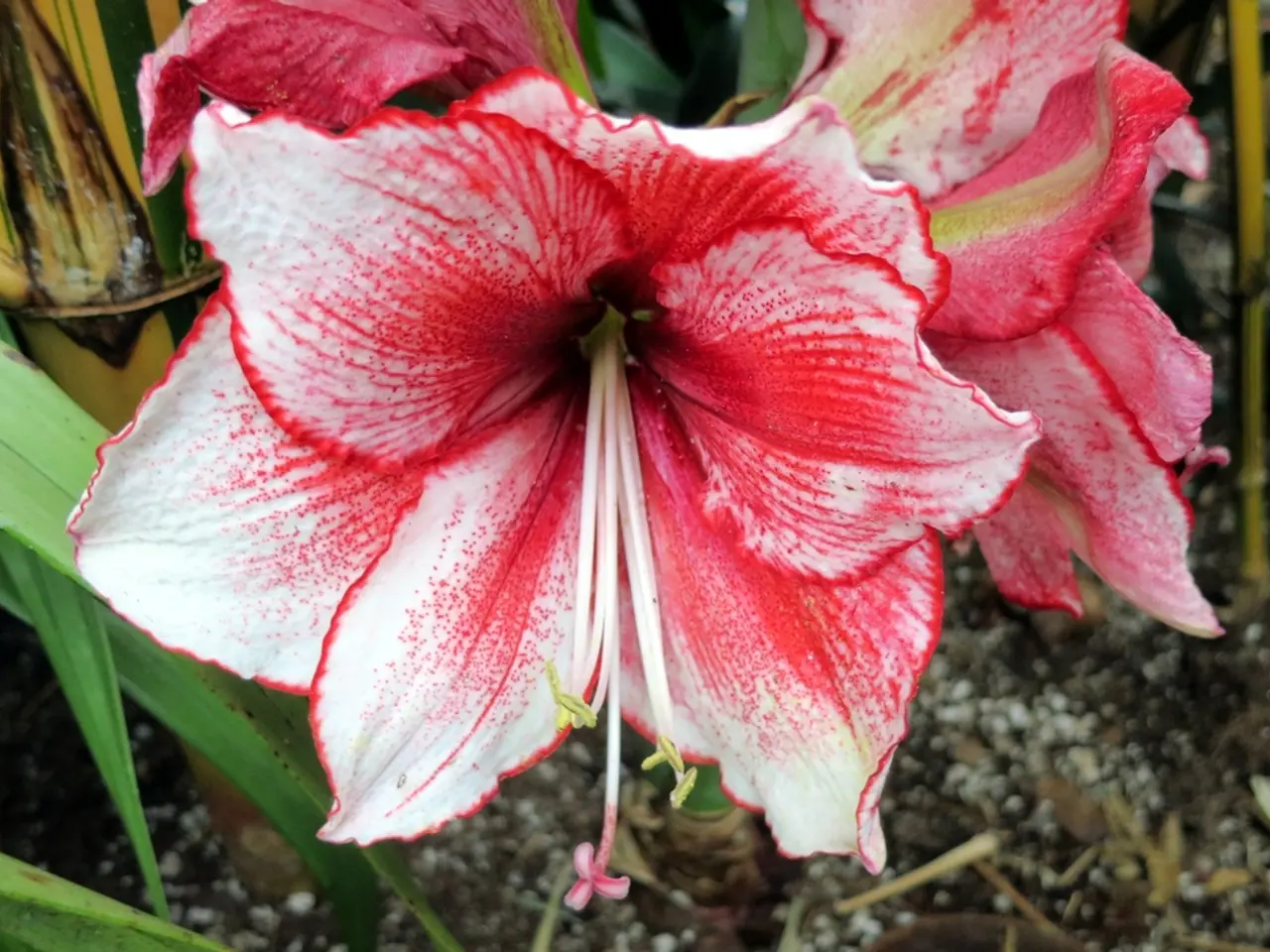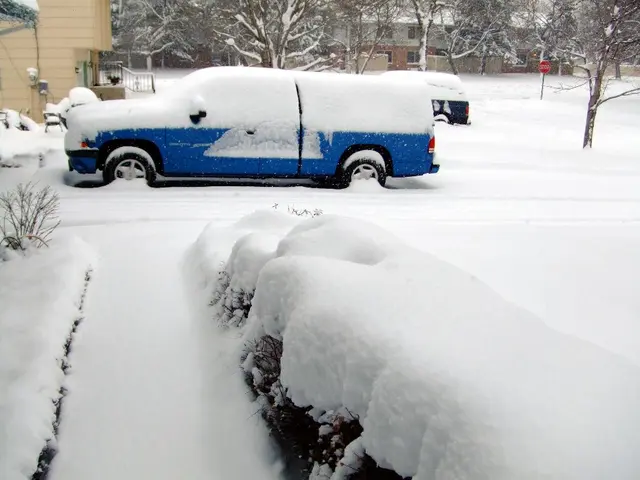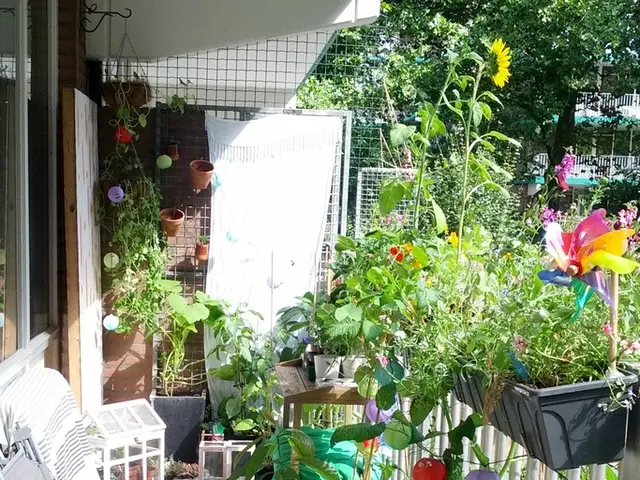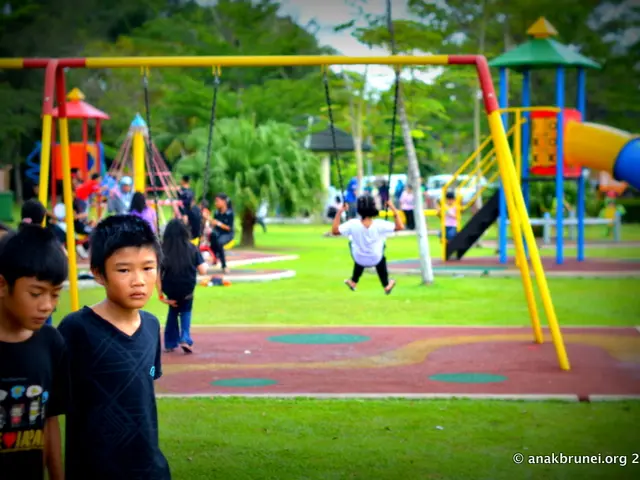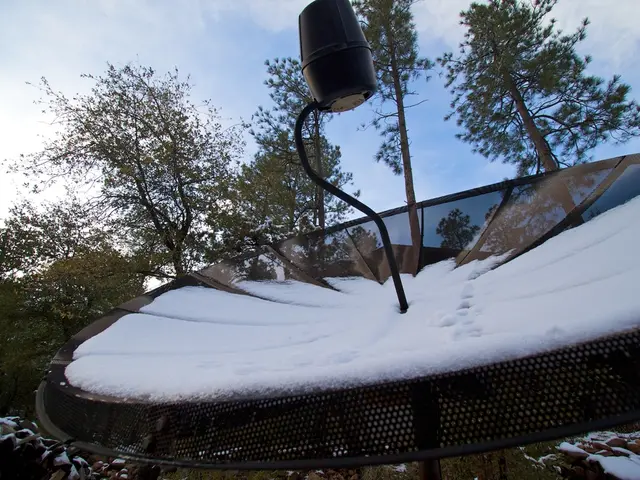Ideal Soil Conditions for Optimal Peperomia Plant Growth
In the world of houseplants, Peperomia plants have gained popularity for their charming foliage and adaptability to various home environments. These resilient plants can thrive in less moist areas of the home, making them a perfect choice for those who may not have a green thumb.
One crucial factor in ensuring the health and growth of Peperomia plants is the soil they are grown in. The ideal soil for these plants should offer excellent drainage, be light and airy, and retain some moisture without becoming soggy.
To achieve this balance, a peat or coir-based potting mix, amended with perlite or similar materials, is recommended. This combination enhances aeration, prevents waterlogging, and supports the plant's moisture needs.
Pot choice is also essential. Pots with drainage holes are a must to avoid water accumulation at the bottom, a common cause of root rot.
When it comes to soil pH, a slightly acidic to neutral pH between 6.0 and 7.0 is optimal for Peperomia growth.
Repotting Peperomia plants every 2 to 3 years or when roots start circling the pot is necessary to promote healthy growth without overwatering risks. Use fresh well-draining soil during repotting.
Premium organic houseplant soils that include worm castings and other natural ingredients can be used as a base, but ensure to modify them with perlite or sand to improve drainage for Peperomia's needs.
It's important to note that Peperomia plants are not picky about soil and may require experimentation to find the best soil mix. A 50/50 mix of perlite and potting soil may work well for some Peperomia varieties.
In terms of lighting, Peperomia plants prefer bright, indirect light and should be kept out of direct sunlight to prevent leaf burn. These plants are tolerant of most lighting conditions found in the home, and they can even grow well in low light conditions, especially smaller-leaf varieties.
Watering Peperomia plants regularly is essential, but allowing the soil to dry slightly between waterings is crucial to avoid overwatering, which can lead to root rot. Thorough watering is recommended when the soil is dry.
Peperomia plants are native to Mexico, South America, and the Caribbean, and they thrive in humid environments with warm temperatures. However, they can adapt to less humid conditions, making them a versatile choice for many home environments.
Lastly, Peperomia plants are pet- and kid-friendly, making them a great addition to households with curious pets and children.
By following these recommendations, you can create the perfect environment for your Peperomia plants to flourish and bring a touch of tropical charm to your home.
To create an optimal environment for Peperomia plants, use a soil mix that is light, airy, and maintains moisture while preventing waterlogging, such as a peat or coir-based potting mix amended with perlite. Also, consider gardening your Peperomia plants in home-and-garden settings, as they can adapt to various home environments and add a touch of lifestyle charm to your home.
